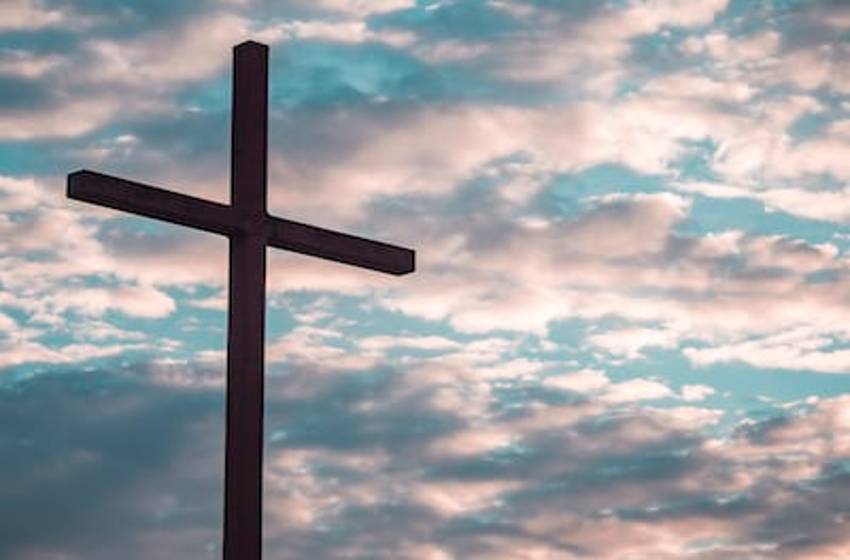Easter is the day when Jesus Christ was crucified and the Christians offer prayers and services in the Churches. Easter is another important festival for Christians. On this day Jesus Christ rose from the dead and ascended into heaven. Easter eggs and Easter bunnies are a major attraction during Easter, the festival of rejuvenation of life and living.
Easter History
In the days of the early Christian church, only Easter Sunday was celebrated as a holy day. By the fourth century, each day of the week preceding Easter was established as a holy day including Good Friday.
To most Christians, Good Friday is really a misnomer in that it was a “bad” Friday—the crucifixion day of Jesus. Some believe the term “Good” evolved from “God” or God’s Friday. Others believe “good” represents the good gift of salvation brought forth by martyrdom. Regardless, it is a holy day throughout the Christian world.
Ceremonial worship of the holiday follows closely the events described in the scriptures. Some congregations still hold a three-hour service on Friday representing the three hours He hanged on the cross. A typical service includes seven distinct elements representative of Christ’s seven utterances while on the cross.
Good Friday is a day of sincere reverence among Goan Catholics. It is the culmination of Lent, an important observance in the lives of devout Catholics. Lent is observed for 40 days from February to March, beginning with Ash Wednesday and ending on Good Friday followed by Easter Sunday.
The Legend Behind Easter
Originally known as ‘God’s Friday’, the present expression is believed to have emerged in the 10th or 11th century. According to Christian legend, Jesus Christ was from Nazareth, a town in modern Israel. A well-loved and respected citizen, he was considered by many to be the Son of God.
Some high officials and Jewish priests, however, felt that he was trying to usurp their authority and mislead the people. They hatched a plot against Christ with the help of one of his 12 apostles, named Judas. On charges of misleading the people, instigating them not to pay taxes to the emperor, and claiming to be the messenger of God, they arrested Christ. The following day, he was produced before a council comprising priests, teachers of law and elders, and questioned about the charges against him.
Finding him guilty on all counts, they presented him before the Roman Governor, who saw no reason to condemn him. But the priests were adamant. They insisted that it was his teachings, which were responsible for all the riots in the city of Judea. At the same time, they pleaded for the release of one of their men, who had been imprisoned for the crime. The Governor appealed to them, reiterating that Christ had done no wrong. When the clergy did not agree, he handed Jesus Christ to them to do as they wished. The crowd asked for his crucifixion.
As he was led away by the soldiers, he was made to wear a crown of thorns and mockingly addressed as ‘King of the Jews’ by the jeering crowd. A huge wooden cross was placed on his shoulders, and he carried it to the place assigned for his crucifixion. In a show of solidarity, a group of his followers marched in a procession behind him. Two criminals were also led to the same place to be put to death with Jesus. At the assigned place, the three men were nailed to the crosses and left to die. Before he breathed his last, Jesus asked God, his father, to forgive those who were responsible for his death, as they were unaware of the magnitude of their sin. Jesus is believed to have died at 3 o’clock in the afternoon, three hours after being nailed to the cross.
On Good Friday, a cross, symbolic of the one on which Jesus was crucified, is unveiled in many churches. It is believed that Jesus rose from his grave on the following Sunday, which is celebrated as Easter. The rituals for Good Friday begin on the preceding Thursday. A feast symbolizing the last supper of Christ is held on Thursday night. The end of this meal marks the beginning of the fast for Easter. The Celebrations
The Celebrations In Panjim, hundreds of devout Goan Catholics gather in the Panjim Church of Mary Immaculate Conception to listen to mass and participate in the Way of the Cross. During the afternoon sermon, the priests narrate the sufferings that Jesus Christ took upon himself for the sake of humanity. The mass is in Konkani, Goa’s state language attracts a crowd too large for the church itself, and people stand in the doorways and in the premises, dressed in formal clothes with sombre countenances.
The Ceremony
After the mass, the crucifix, which until this time has been kept from view, is now uncovered before the crowd for veneration. A very sombre ceremony, “the Way of the Cross” is a reenactment of the path Jesus took on Mount Calvary before the Crucifixion. In Panjim, which draws the largest crowd, a large wooden cross carried by an image of Jesus is taken from the church, down the steps, and through the streets of the town. It is carried by the clergymen while the crowd follows in two parallel lines in front of and in back of the statue, some weeping and all with very solemn faces.
Those not participating in the actual procession look on from the roadsides, both Hindus and Christians alike. Somber music played by a band accompanies the procession, which slowly winds its way through the main streets in Panjim before returning to the church. The mass and procession occur in every church in Goa, but the one in Panjim draws the largest crowd.

